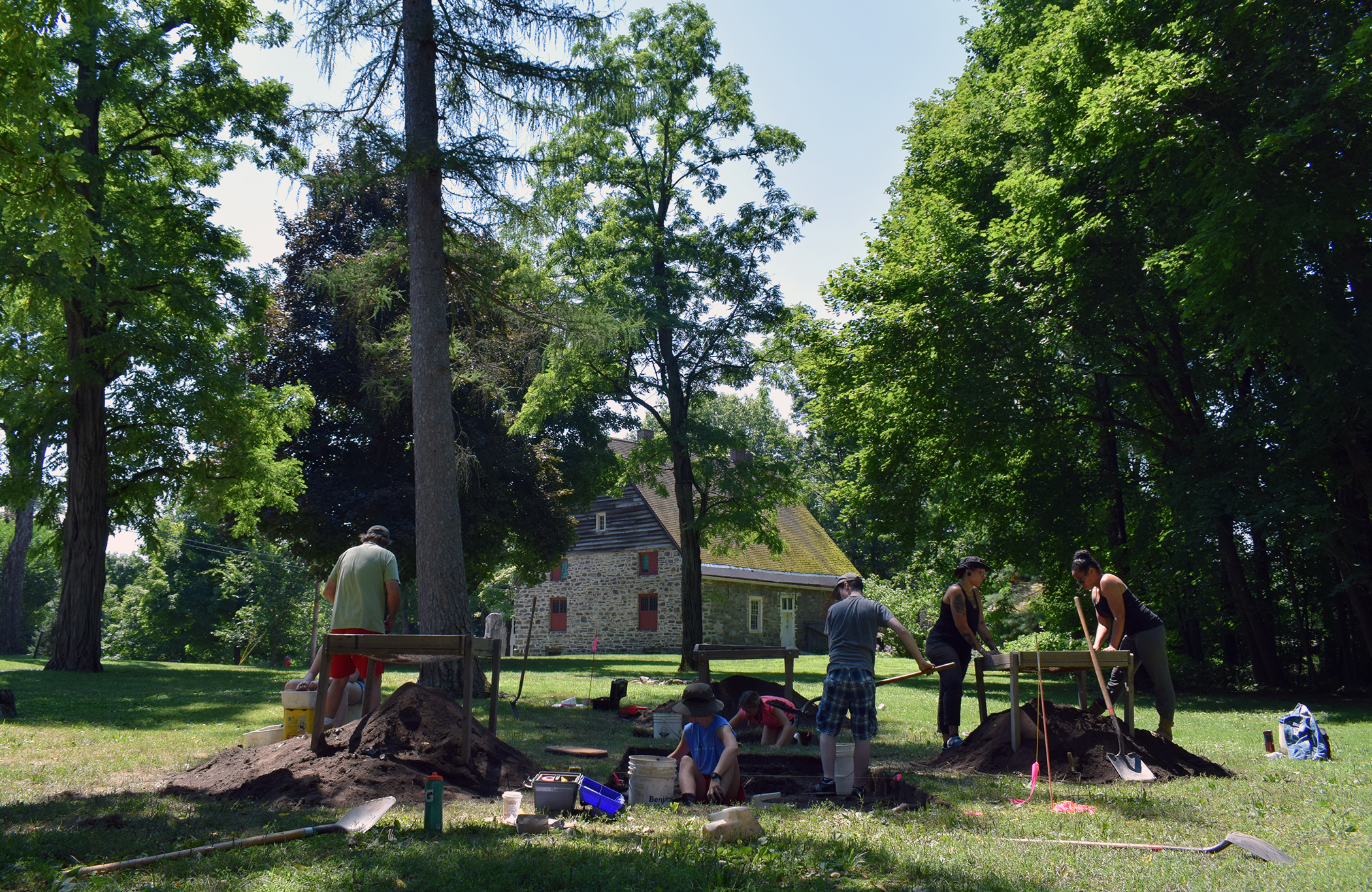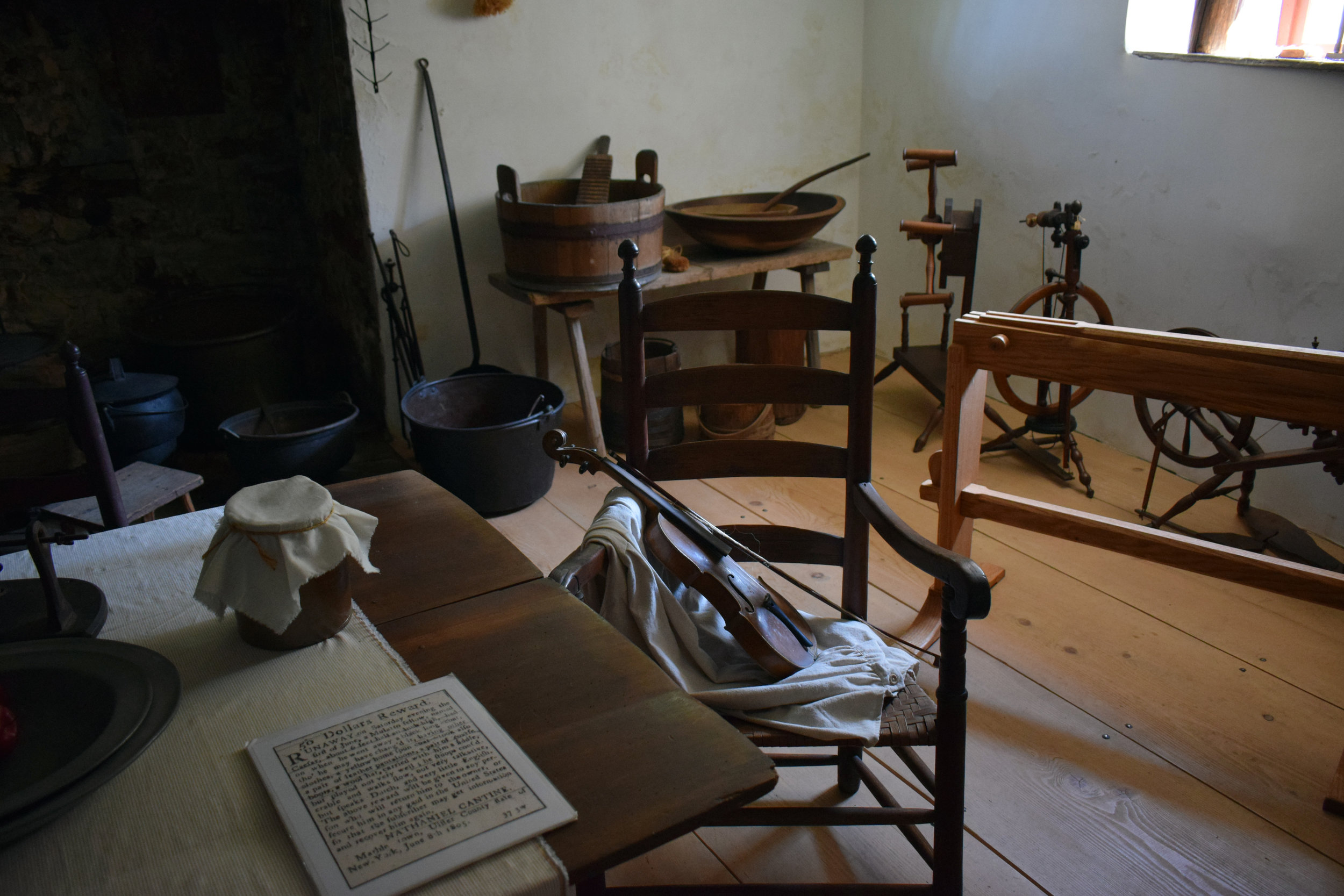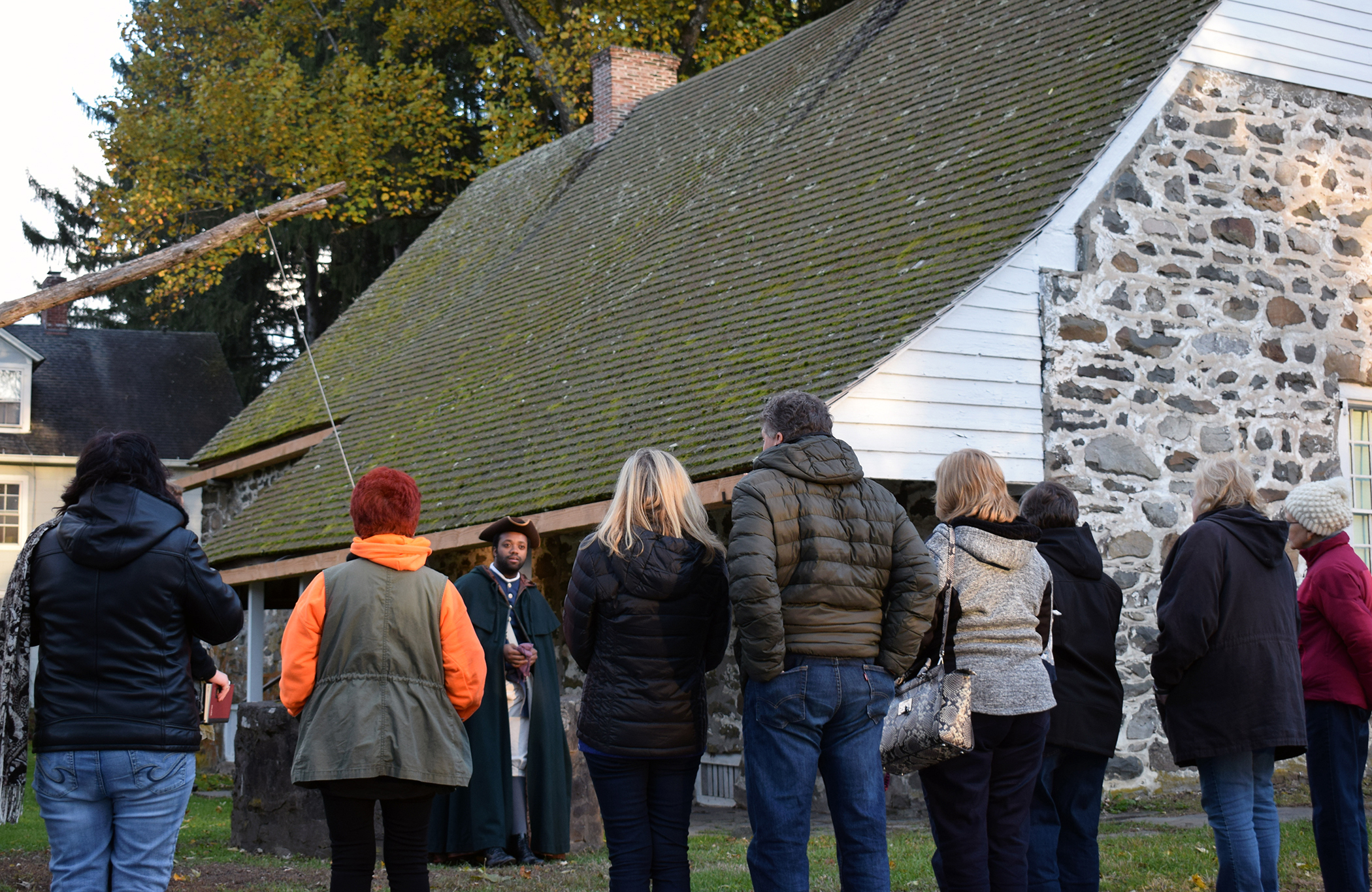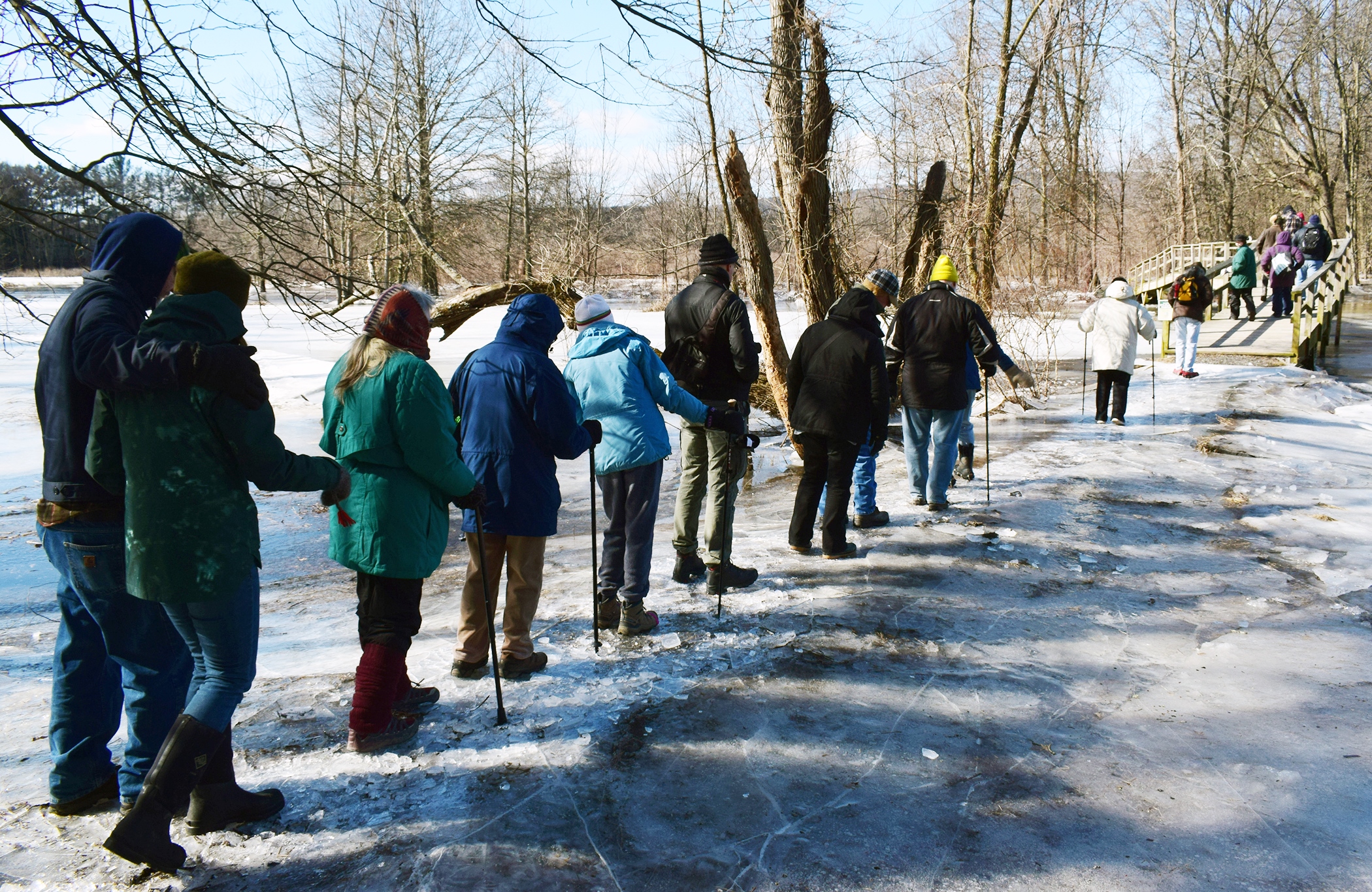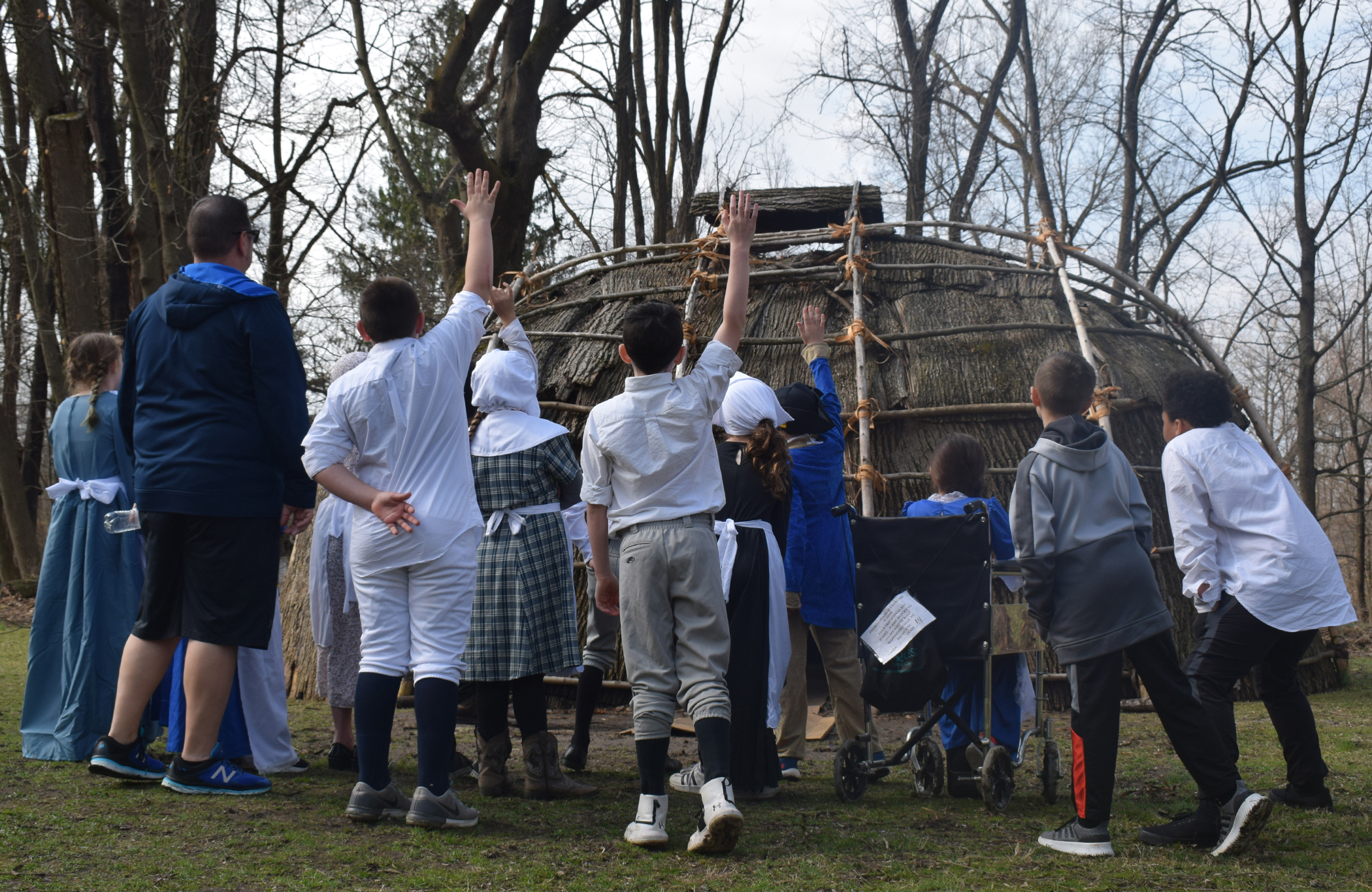At Historic Huguenot Street, we help visitors understand the historical forces that have shaped America
About Us
At our ten-acre National Historic Landmark District in New Paltz, New York, visitors experience over three hundred years of history across seven historic stone-house museums, a reconstructed 1717 French Church, the community’s original burying ground, and a replica Esopus Munsee wigwam. Period rooms and exhibits tell the stories of a French-speaking Protestant settlement as it evolved over time, and also reveal the history of the area’s Indigenous and enslaved African peoples and Dutch settlers.
Historic Huguenot Street was originally founded in 1894 by the descendants of the first settlers as the Huguenot Patriotic, Historical, and Monumental Society to preserve what remained of their French and Dutch heritage. Since then, Historic Huguenot Street has grown into an innovative museum, chartered as an educational corporation by the University of the State of New York, that is dedicated to protecting our historic buildings, conserving an important collection of artifacts and manuscripts, and promoting the stories of the Huguenot Street families, from the sixteenth century to today.
Historic Huguenot Street envisions a nationally recognized historic site that will inspire guests to think in new ways about American history while also carrying forward the conversation about the relationship between past and present.
Land Acknowledgment
It is with gratitude and humility that we acknowledge that we in the Hudson Valley are learning, speaking, and gathering on the ancestral homelands of the Munsee Lenape people, who are indigenous to this land. We pay honor and respect to their ancestors past and present, and we at Historic Huguenot Street are committed to building a more inclusive and equitable space for all.






